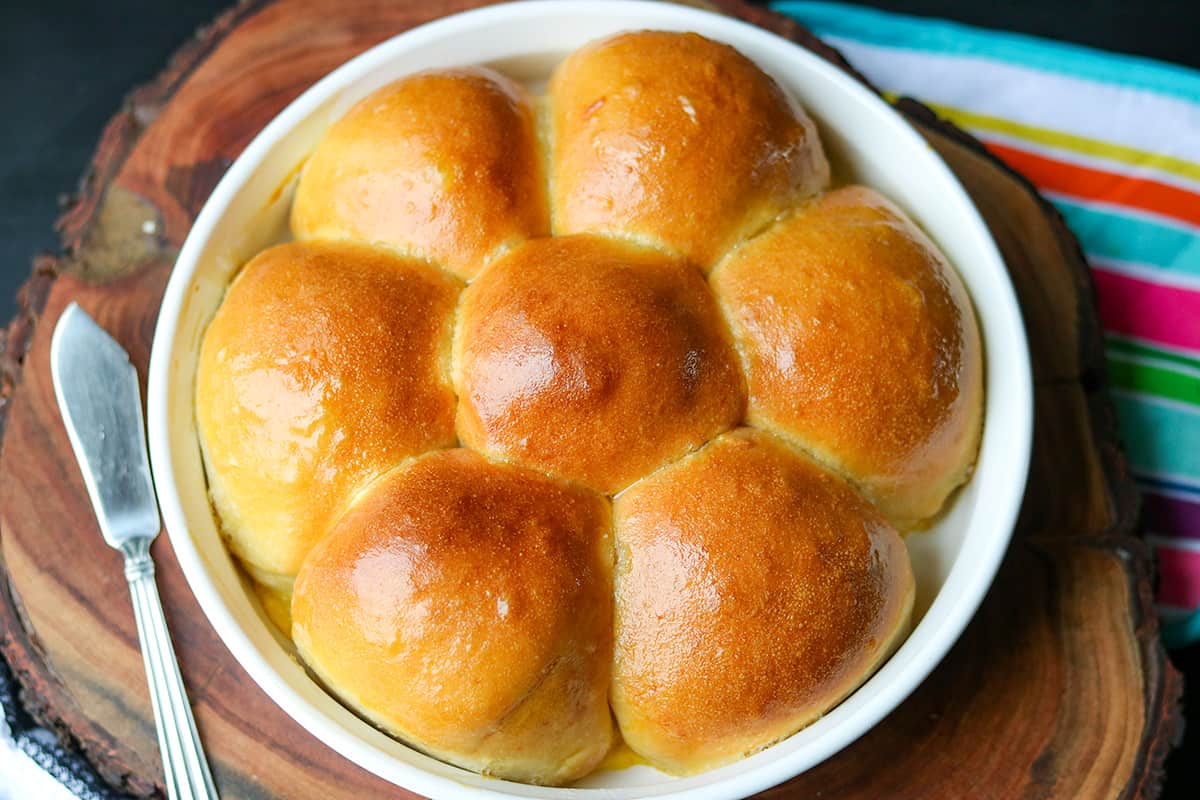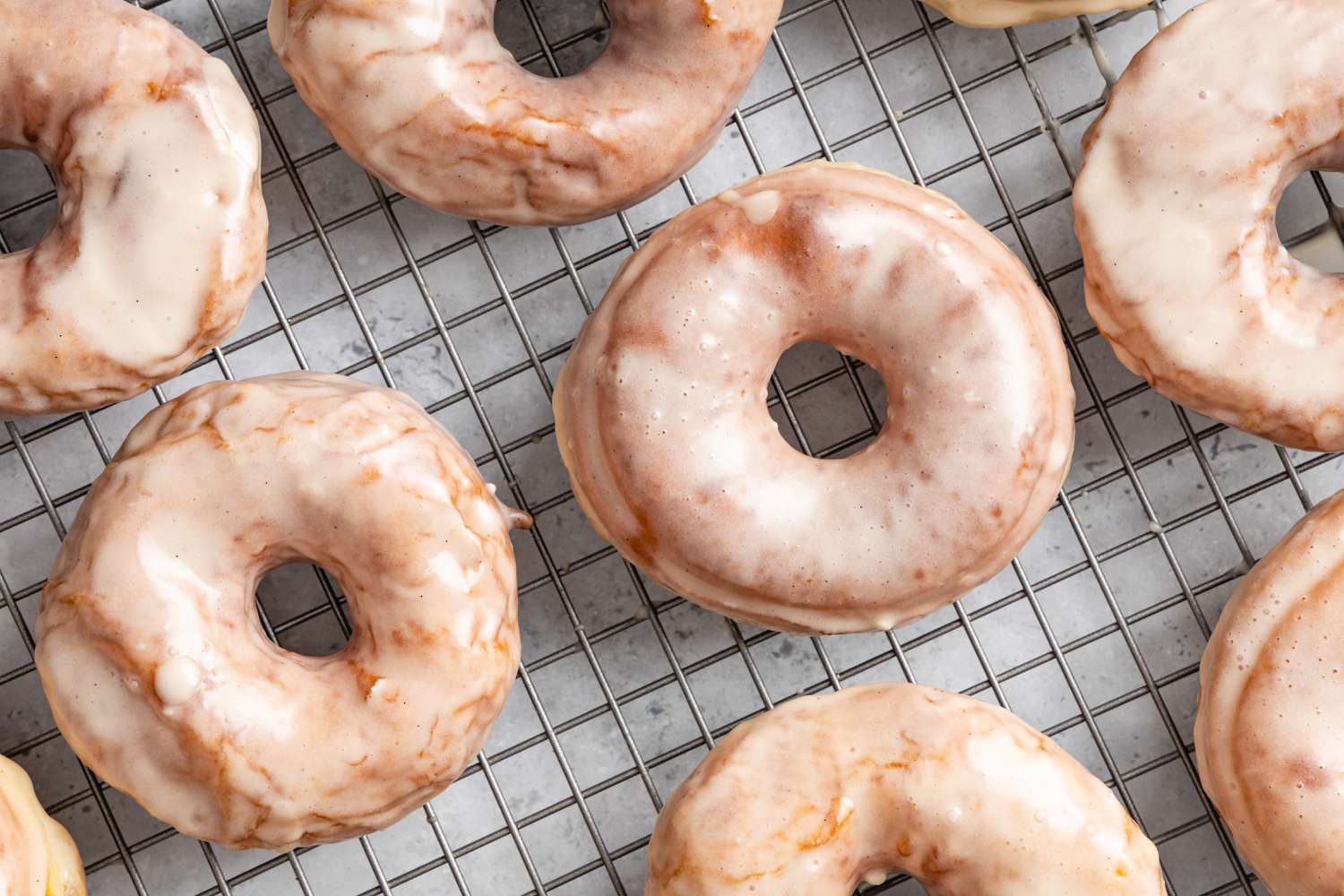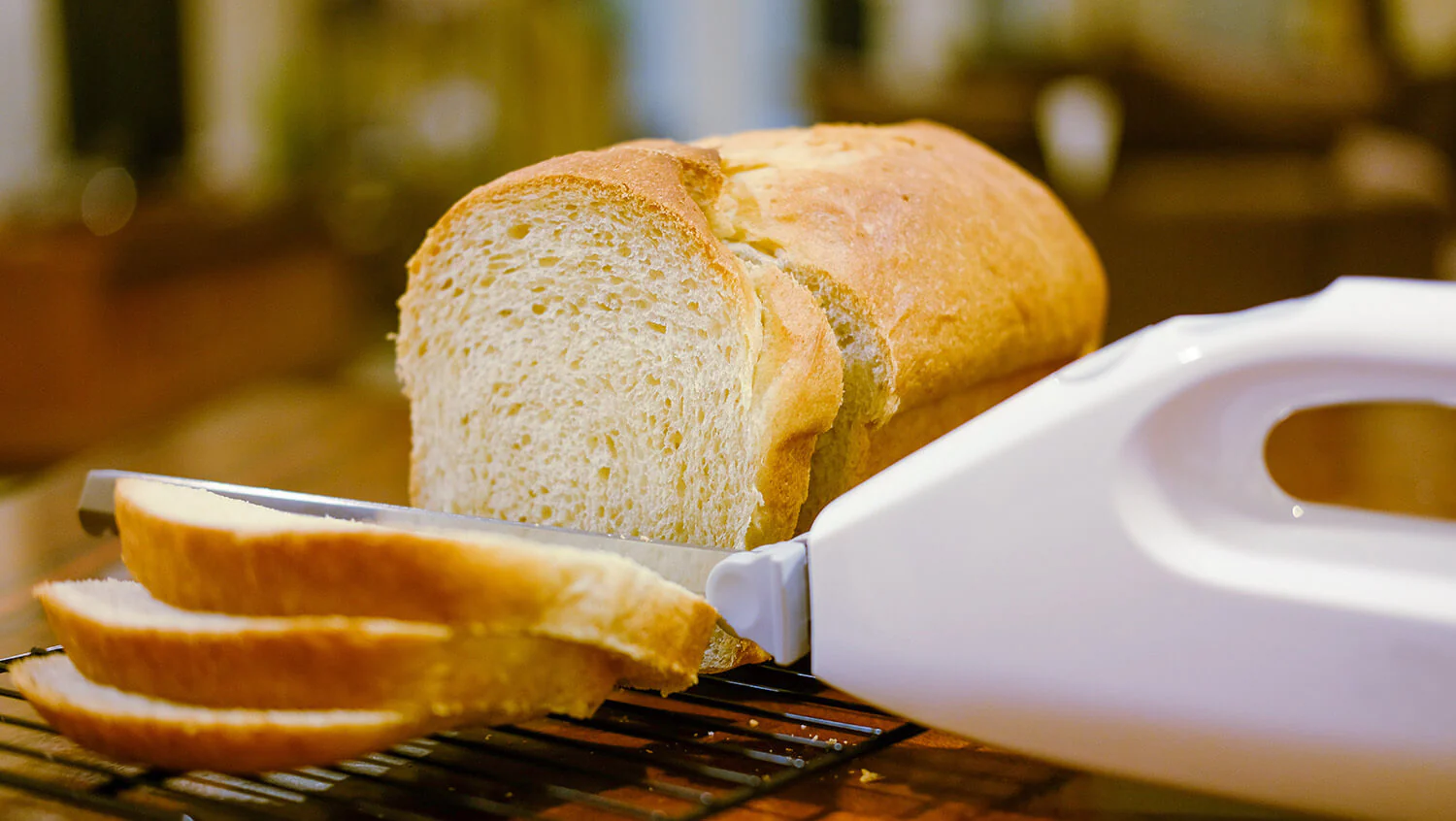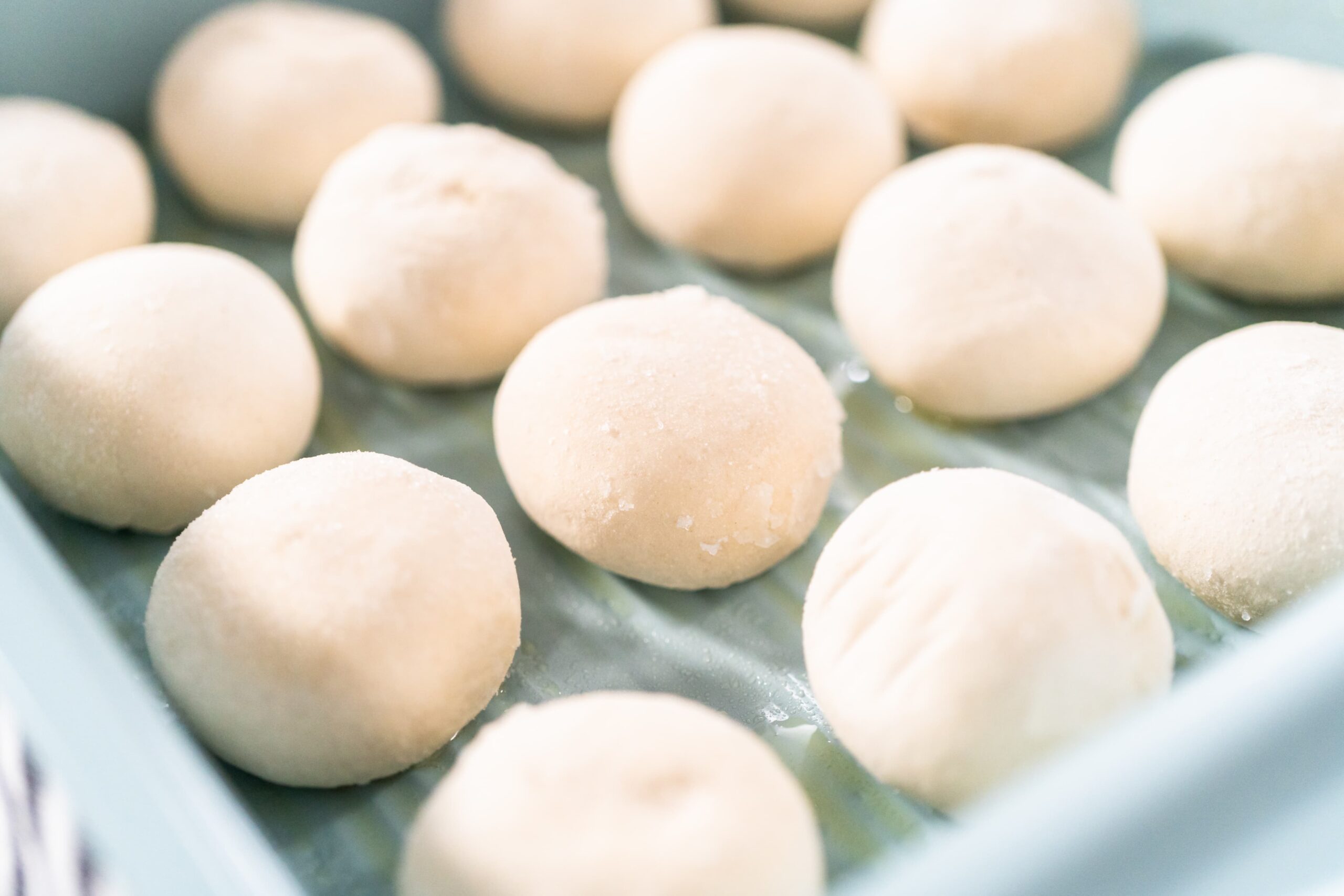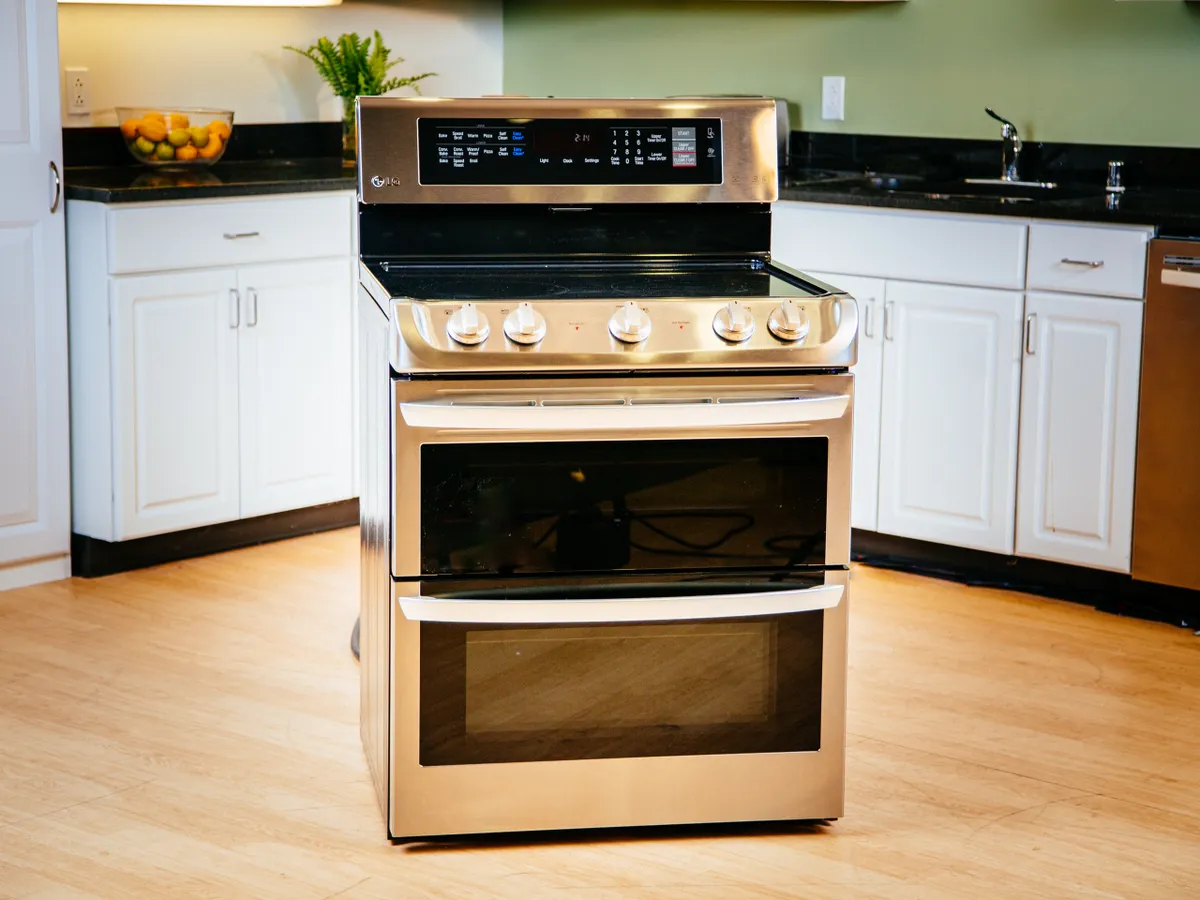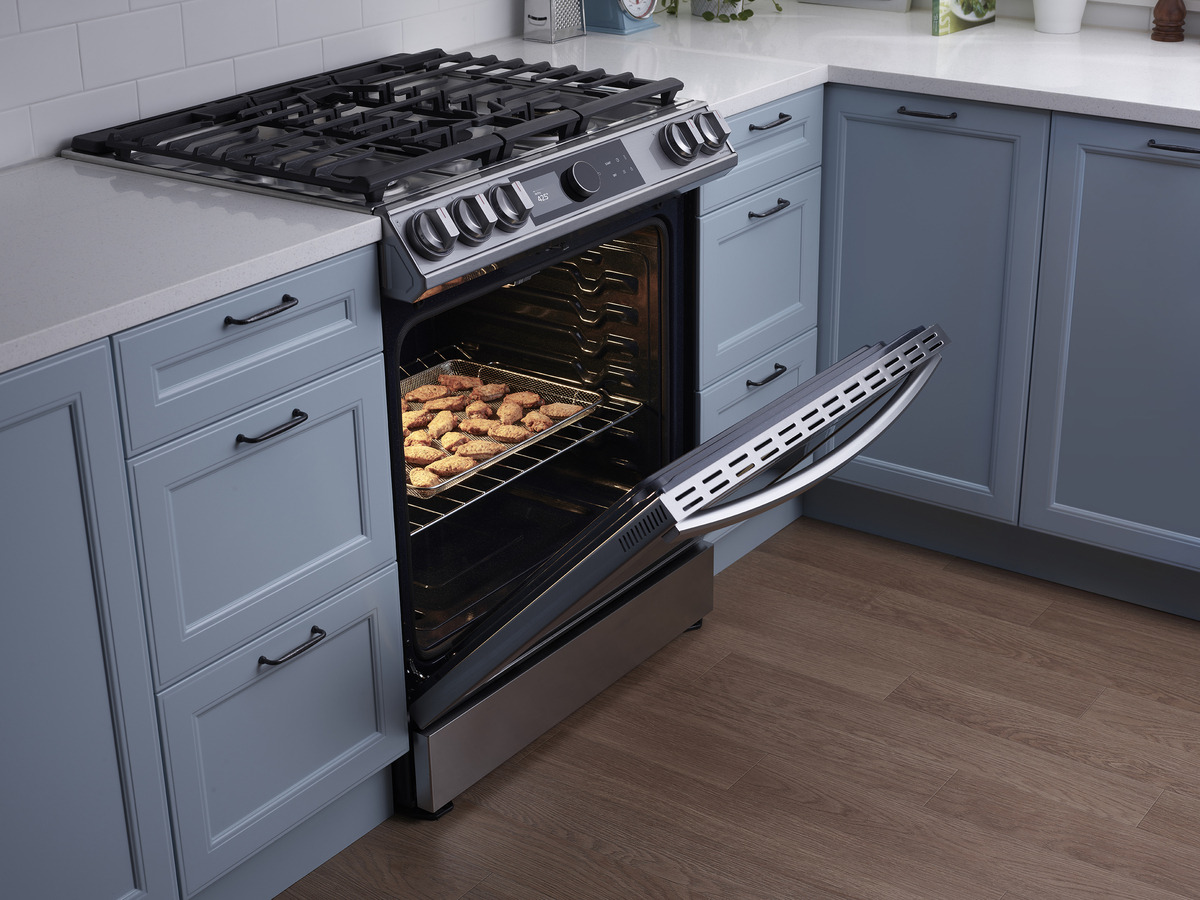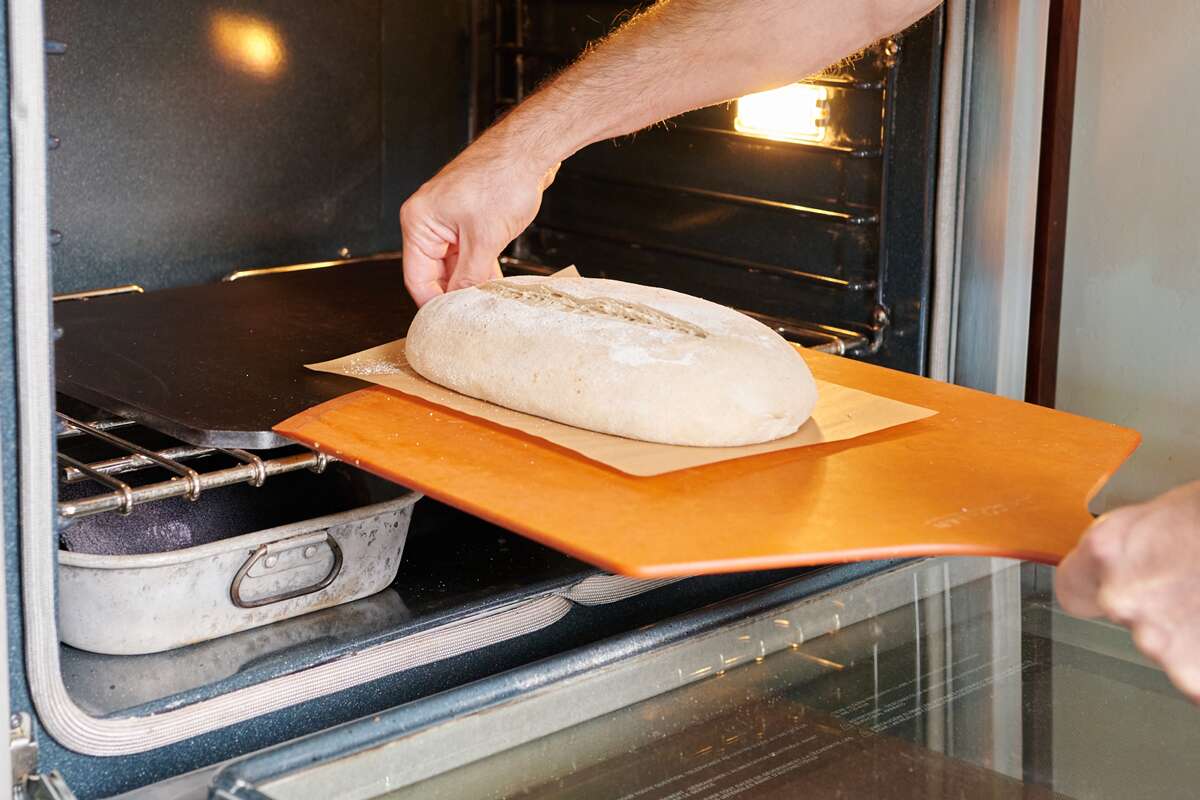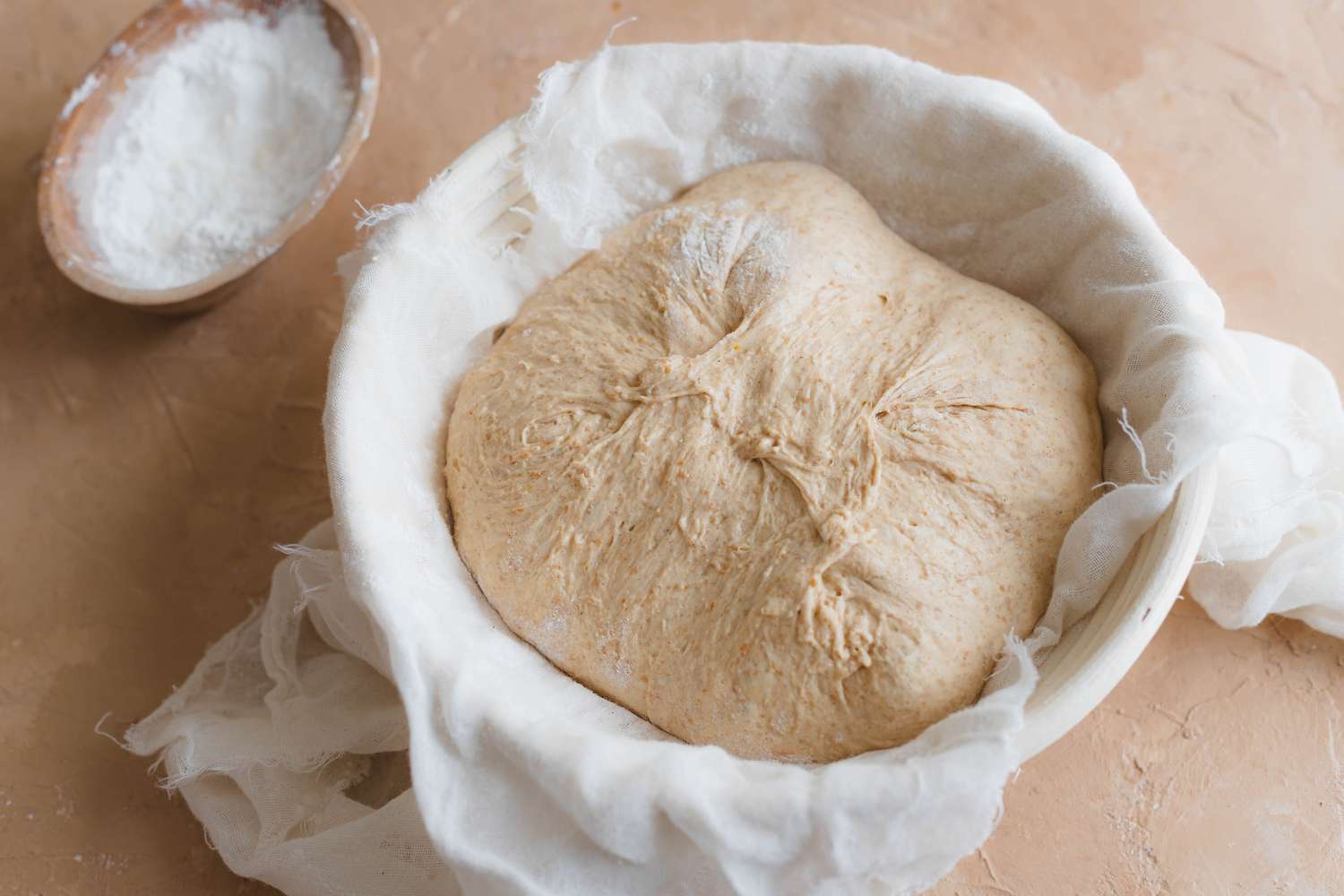Mastering the Art of Proofing Cinnamon Rolls
There’s nothing quite like the aroma of freshly baked cinnamon rolls wafting through the kitchen. These delectable treats are a favorite for breakfast, brunch, or anytime indulgence. If you want to take your cinnamon roll game to the next level, mastering the art of proofing is essential. Proofing is the process of allowing the dough to rise before baking, resulting in light, airy, and perfectly fluffy cinnamon rolls. Here’s how to proof cinnamon rolls like a pro:
Ingredients You’ll Need:
- Yeast
- Warm water
- Flour
- Sugar
- Salt
- Milk
- Butter
- Eggs
- Cinnamon
- Brown sugar
- Vanilla extract
- Powdered sugar (for the icing)
Step 1: Activate the Yeast
Start by activating the yeast. Dissolve the yeast in warm water and let it sit for a few minutes until it becomes frothy. This indicates that the yeast is active and ready to be used in the dough.
Step 2: Prepare the Dough
In a large mixing bowl, combine the flour, sugar, and salt. In a separate bowl, warm the milk and melt the butter. Add the milk mixture, activated yeast, and eggs to the dry ingredients. Knead the dough until it becomes smooth and elastic.
Step 3: Let the Dough Rise
Place the dough in a greased bowl, cover it with a clean kitchen towel, and let it rise in a warm, draft-free area. The dough should double in size, which can take anywhere from 1 to 2 hours, depending on the temperature of the room.
Step 4: Roll Out the Dough
Once the dough has doubled in size, gently punch it down to release the air. Roll it out into a rectangle on a floured surface.
Step 5: Add the Filling
Brush the rolled-out dough with melted butter and sprinkle a generous amount of cinnamon and brown sugar on top. For an extra flavor boost, consider adding chopped nuts or raisins.
Step 6: Roll and Cut
Roll the dough into a tight log and slice it into individual rolls. Place the rolls in a greased baking dish, leaving some space between each one to allow for further rising.
Step 7: Proof the Rolls
Cover the baking dish with a kitchen towel and let the cinnamon rolls proof for the second time. This typically takes 30 to 45 minutes. The rolls should expand and become puffy.
Step 8: Bake to Perfection
Once the cinnamon rolls have proofed, it’s time to bake them in a preheated oven until they are golden brown and irresistible. While the rolls are cooling, prepare a simple icing using powdered sugar, milk, and a splash of vanilla extract. Drizzle the icing over the warm cinnamon rolls for the perfect finishing touch.
With these simple steps, you can master the art of proofing cinnamon rolls and treat yourself to a batch of homemade, bakery-worthy treats. Whether you enjoy them with a cup of coffee in the morning or as a sweet ending to a meal, your perfectly proofed cinnamon rolls are sure to be a hit!
Happy baking!
Was this page helpful?
Read Next: How To Proof Yeast In Milk
